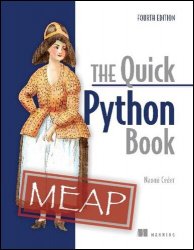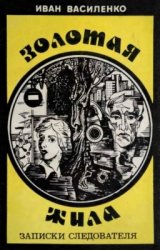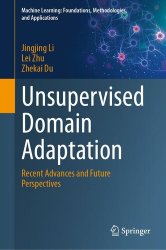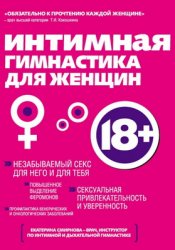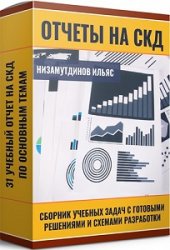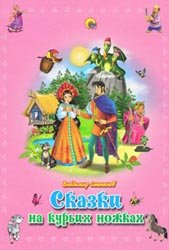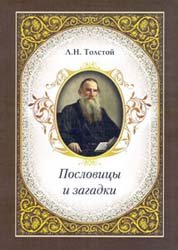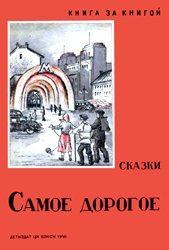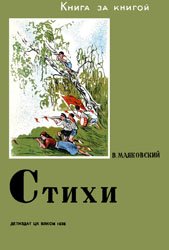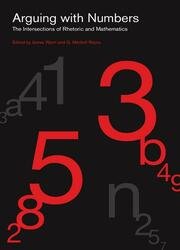 Название: Arguing with Numbers: The Intersections of Rhetoric and Mathematics
Название: Arguing with Numbers: The Intersections of Rhetoric and MathematicsАвтор: James Wynn, G. Mitchell Reyes
Издательство: The Pennsylvania State University Press
Год: 2021
Страниц: 303
Язык: английский
Формат: pdf (true), epub
Размер: 30.7 MB
As discrete fields of inquiry, rhetoric and mathematics have long been considered antithetical to each other. That is, if mathematics explains or describes the phenomena it studies with certainty, persuasion is not needed. This volume calls into question the view that mathematics is free of rhetoric.
Through nine studies of the intersections between these two disciplines, Arguing with Numbers shows that mathematics is in fact deeply rhetorical. Using rhetoric as a lens to analyze mathematically based arguments in public policy, political and economic theory, and even literature, the essays in this volume reveal how mathematics influences the values and beliefs with which we assess the world and make decisions and how our worldviews influence the kinds of mathematical instruments we construct and accept. In addition, contributors examine how concepts of rhetoric―such as analogy and visuality―have been employed in mathematical and scientific reasoning, including in the theorems of mathematical physicists and the geometrical diagramming of natural scientists. Challenging academic orthodoxy, these scholars reject a math-equals-truth reduction in favor of a more constructivist theory of mathematics as dynamic, evolving, and powerfully persuasive.
By bringing these disparate lines of inquiry into conversation with one another, Arguing with Numbers provides inspiration to students, established scholars, and anyone inside or outside rhetorical studies who might be interested in exploring the intersections between the two disciplines.
Mathematics has always influenced public culture. Prior to the late twentieth century, however, that influence was rarely felt on a daily basis at the level of the individual citizen. This is not to diminish mathematics’ profound influence on everything from religion and music (Pythagoras, Pascal) to warfare and art (Archimedes, Da Vinci) to optics and physics (Newton, Leibniz) but merely to note that these influences could, to some degree, be separated from the everyday circulation of public discourse and the production of public culture. Only in the late twentieth and early twenty-first centuries has such a separation become increasingly difficult to sustain. We see it in the rise of mass media, statistics and probability, computational power, surveillance technologies, and - perhaps in the most immersive, communication-tracking technology thus far—the internet. These are just a few of the phenomena necessary for the emergence of an information society, in which those who can mathematically, algorithmically mine enormous data sets enjoy power heretofore unimagined. While mathematics and algorithms should not be conflated, the increasing cultural influence of mathematics via algorithms and other means has attracted the attention of an interdisciplinary audience of scholars, including rhetoricians.
Скачать Arguing with Numbers: The Intersections of Rhetoric and Mathematics
[related-news] [/related-news]
Комментарии 0
Комментариев пока нет. Стань первым!

